Next-Gen SIEM vs Traditional SIEM: What to Pick for 2025?
Choosing between Next-Gen SIEM and Traditional SIEM for 2025 hinges on scalability, real-time detection, and automation. Next-Gen SIEM leverages AI, cloud-native architecture, and advanced analytics for faster, more accurate threat detection and response, while Traditional SIEM often struggles with high alert volumes, limited scalability, and manual processes.
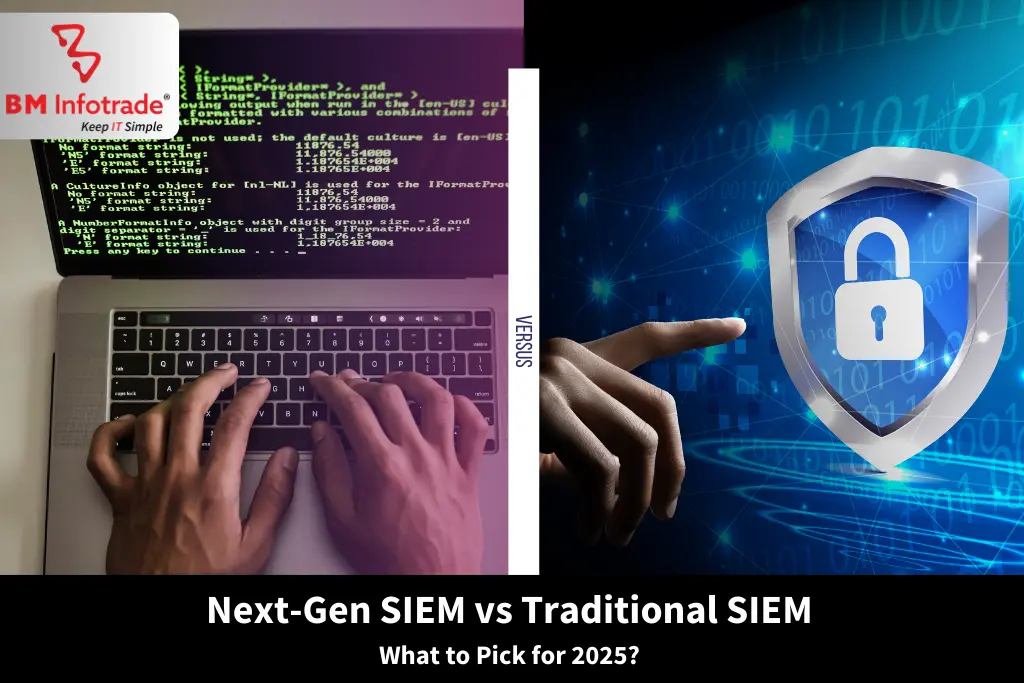
Next-Gen SIEM vs Traditional SIEM: What to Pick for 2025?
Table of Contents
Since hackers are getting more advanced, businesses are updating their security plans to stay ahead. SIEM systems are still essential for cybersecurity, which is why the decision between Traditional and Next-Gen SIEM will determine how strong SOCs are by 2025. We realize at BM Infotrade Pvt. Ltd. that finding the best SIEM solutions will keep your organization safe. The blog explains and compares Traditional SIEM, Next-Gen SIEM, Cloud, and on-premise SIEM, and evaluates AI-powered SIEM solutions to assist enterprises in their decisions. We’ll also cover SIEM cost-benefit analysis, threat detection with Next-Gen SIEM, SIEM migration challenges, and SOAR vs SIEM integration to guide you toward the best SIEM for enterprises.
Understanding Traditional SIEM
Most Security Operations Centers (SOCs) depend heavily on traditional SIEM systems. They concentrate on the process of collecting logs, linking events together, and making compliance reports. This is done by combining data from firewalls, servers, and endpoints to find risks and issue early warnings. Still, relying on set rules in Traditional SIEM leaves it with difficulty spotting advanced and evolving dangers, including zero-day threats within an organization. Managing alerts needs a lot of human input, which causes the team to fall behind and become less alert to threats.
Scalability is another issue Traditional SIEM faces. Hardware and upkeep for on-premise deployments that are regularly used can be very expensive and time-consuming. When data volumes grow, this situation creates extra costs for the organization and makes things more complicated. While Traditional SIEM does a good job at compliance and checking basic threats, it is not enough to face today’s cybersecurity issues.
The Rise of Next-Gen SIEM
Next-Gen SIEM tools are optimized to cure the problems present in Traditional SIEM. Leveraging artificial intelligence, these solutions use machine learning (ML), user and entity behavior analytics (UEBA), and automated processes to boost threat detection in Next-Gen SIEM. In contrast to rule-based systems, Next-Gen SIEM scans through a lot of data fast and detects signs of insider attacks or advanced persistent threats (APTs).
With SOAR vs SIEM integration, Next-Gen SIEM allows fast, automated response to incidents based on available playbooks. This cuts down the time needed to find and solve threats, which makes the SOC more effective. In addition, Next-Gen SIEM systems are often hosted on the cloud, giving users better scalability, greater flexibility, and less need for expensive infrastructure.
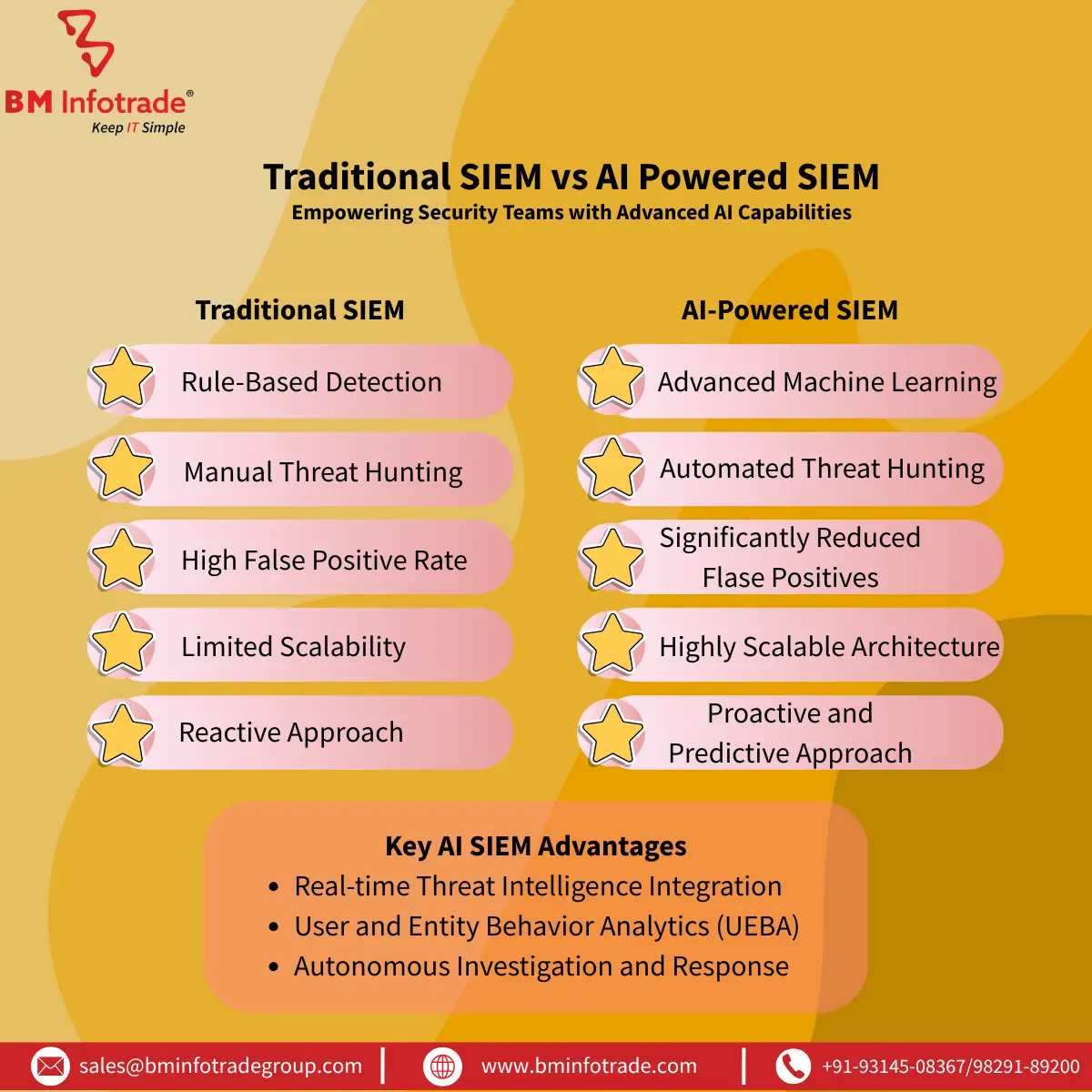
Cloud SIEM vs On-Premise: Which Is Better?
Determining whether to use Cloud SIEM vs on-premises SIEM is key when selecting the best SIEM for a company. Since SIEM is handled through cloud platforms such as AWS, Azure, or Google Cloud, elastic resources are available for any changes in data structure. The hardware needed is affordable, and updating and maintaining virtual machines is not difficult. Since cloud-native designs easily support updates and partner with other cloud-based security tools, they are a suitable choice for hybrid or multi-cloud environments.
On the other hand, on-premise SIEM on your servers allows you to manage data closely, which is important for organizations subject to rules such as GDPR and HIPAA. Still, having servers installed locally is more expensive to look after and offers less room for growth. Enterprises in 2025 mostly select Cloud SIEM because it is cost-effective and versatile, though on-premise is often needed by highly regulated industries.
AI-Driven SIEM Platforms: The Game-Changer
AI is helping SOC teams modernize by 2025 by simplifying difficult tasks and increasing how well threats are found. They rely on ML technologies to observe user actions, find irregularities, and rank alerts by level of risk. So, if someone tries to access sensitive information outside their usual schedule, AI-driven SIEM can detect that and mark it as an insider threat, minimizing false alarms and bringing investigations to a faster conclusion.
We at BM Infotrade Pvt. Ltd. focus on how AI-powered SIEM platforms make operations more efficient. Automatic access to threat intelligence means any new risks are noticed and defended ahead of time. Having SOAR vs SIEM integration allows automation features to carry out responses without the need for manual handling.
SIEM Cost-Benefit Analysis
Enterprises should consider how much total SIEM costs will be against the benefits in terms of security. Traditional SIEM usually requires a big initial investment for hardware, software licenses and setting things up, along with continuous expenses for support personnel and routine costs. Unlike the previous model, Next-Gen SIEM and especially Cloud SIEM is affordable and is billed through regular, predictable subscriptions. Next-Gen SIEM can cut down on data ingestion fees by as much as 40% by eliminating unnecessary input and storing low-priority logs in affordable ways.
There is much more to Next-Gen SIEM than just help with budgeting. Better threat detection with Next-Gen SIEM keeps costs down and automation lessens the requirement to hire many people for your SOC team. Enterprises achieve clear ROI from Next-Gen SIEM by having better security, faster reactions and streamlined operations.
SIEM Migration Challenges
Shifting from Traditional SIEM to Next-Gen SIEM requires you to deal with some challenges about SIEM migration. Companies have to keep working while changing rules, data and integration tools. Because legacy systems can be quite complicated, translating rules can be a challenge. Connecting the system to current security systems such as firewalls or endpoint protection, should be done with extra attention to prevent any gaps in seeing the traffic.
To deal with these difficulties, enterprises should team up with companies like BM Info Trade Pvt. Ltd. We will help you with migration and hold workshops for mapping your data and automating rules so you can move over in four weeks. A thoughtfully carried out migration reduces the downtime and makes Next-Gen SIEM more beneficial.
SOAR vs SIEM Integration: Enhancing Automation
Having SOAR vs SIEM integrated is a major trait of current-generation SIEM solutions. By using SOAR platforms, workload such as alert reviews and incident management are automated for security analysts to concentrate on major dangers. A coincidence of Next-Gen SIEM and SOAR means that it can automatically isolate any affected system and cut off suspicious IPs according to new alerts.
SOCs need this integration in 2025 to reduce the pressure on analysts and make responses faster. The SOAR capabilities of Next-Gen SIEM platforms recommended by BM Infotrade Pvt. Ltd. help customers manage operations better and address threats efficiently.
Choosing the Best SIEM for Enterprises
The choice of a good SIEM for enterprises is made based on your business’s size, area of work, and security requirements. For companies that have tough compliance rules and servers on their site, traditional SIEM is still a good fit, except for modern attacks. Because Next-Gen SIEM is supported by AI-powered SIEM and incorporates Cloud SIEM solutions, it is particularly valuable to businesses interested in being scalable, automated, and alerted to new risks.
Key factors to consider include:
- Scalability: Check that the SIEM can manage the increased volume of data that will be stored.
- Integration: Make sure the threat intelligence platform works easily with other technologies and threat sources.
- Automation: Select tools that have SOAR linked with SIEM support for quicker handling of threats.
- Cost: Examine how SIEM software can help the organization manage both its budget and security issues.
Also Read:- Best VAPT Services in India: How to Choose the Right Vendor for Effective Vulnerability Assessment
Conclusion
In 2025, having Next-Gen SIEM over Traditional SIEM is standard for most companies. In SIEM solutions, Next-Gen SIEM boosts threat detection, Cloud SIEM offers scalability and SIEM platforms with AI and SOAR give better results. Though Traditional SIEM is useful in certain ways, its struggles with recent threats show that Next-Gen SIEM is the ideal choice to upgrade SOCs in 2025. BM Infotrade Pvt. Ltd. guides enterprises in moving to a new SIEM system and choosing the safest one for their information assets. Begin your experience of SIEM solutions for 2025 by reaching us at bminfotrade.com.
FAQs
1. What is the difference between Next-Gen SIEM vs Traditional SIEM?
Next-Gen SIEM employs AI, ML, and automation to find advanced threats, but Traditional SIEM depends on rules and manual methods.
2. Why choose Cloud SIEM vs on-premise for 2025?
Cloud SIEM is flexible, affordable and takes less effort to manage, but on-premises gives greater protection for companies that have strict compliance rules.
3. How do AI-driven SIEM platforms improve security?
They use machine learning to spot unusual behavior, decrease the chances of false positives, and immediately take actions that improve the identification of threats through Next-Gen SIEM.
4. What are common SIEM migration challenges?
It is often necessary to translate rules, move data and link systems to current ones, which needs detailed planning to prevent obstacles.
5. How does SOAR vs SIEM integration benefit SOCs?
Pairing SOAR with SIEM lowers the number of incidents analysts must address by automating the response, which speeds up the SOC’s ability to address incidents in 2025.

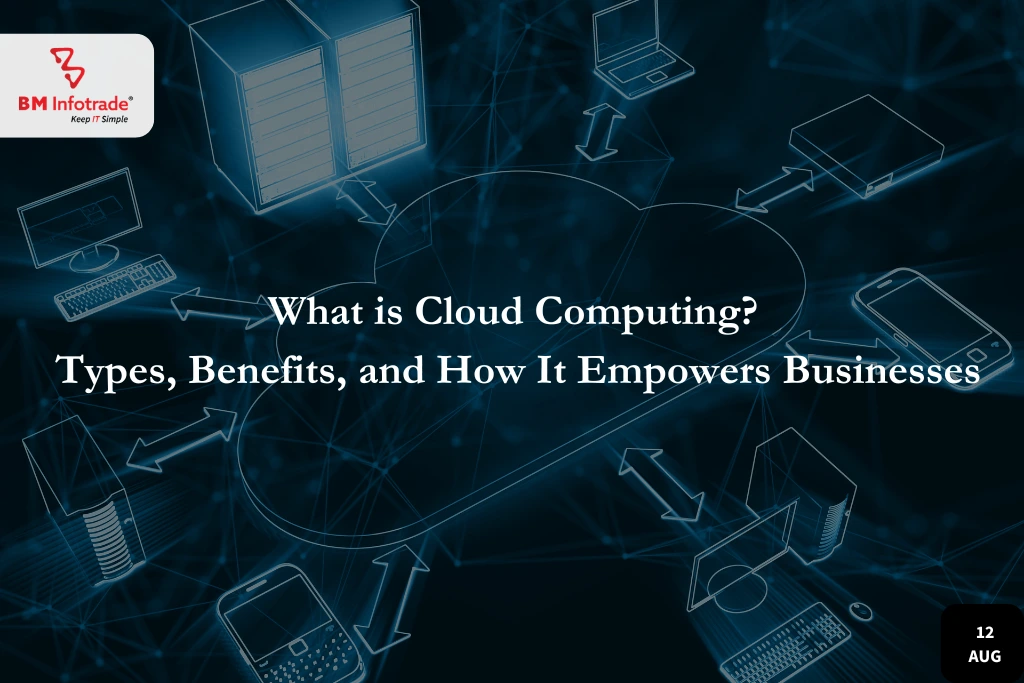

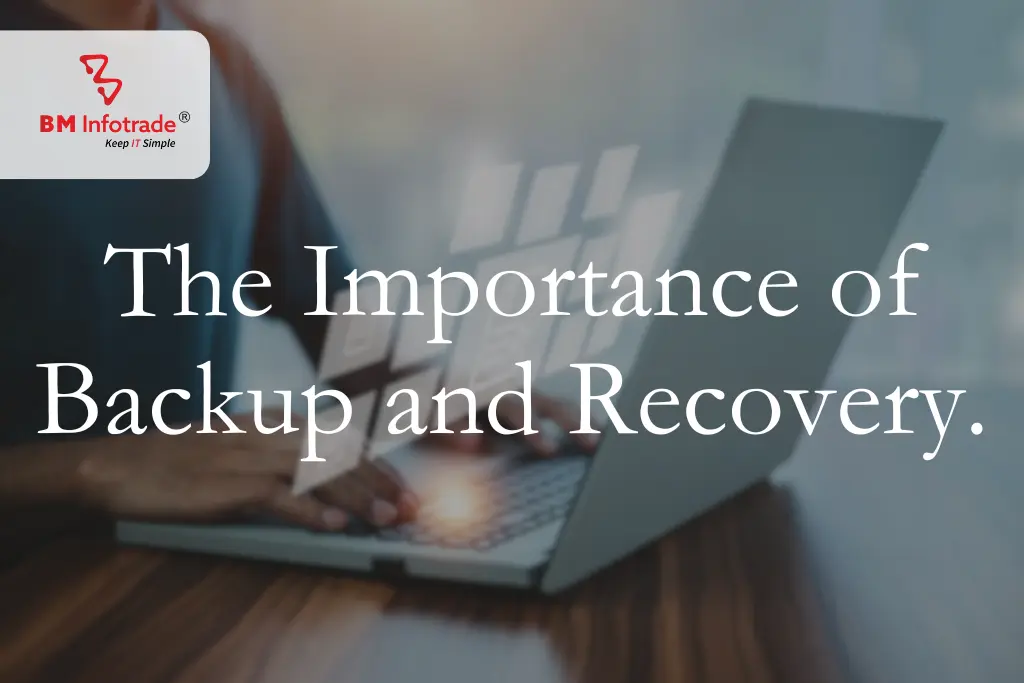
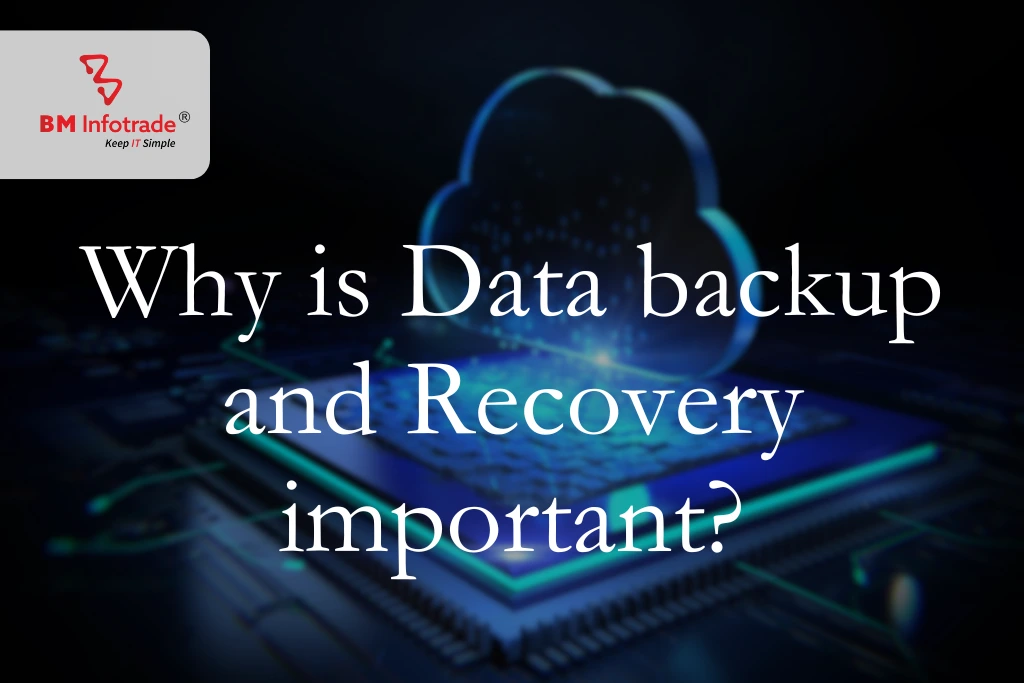
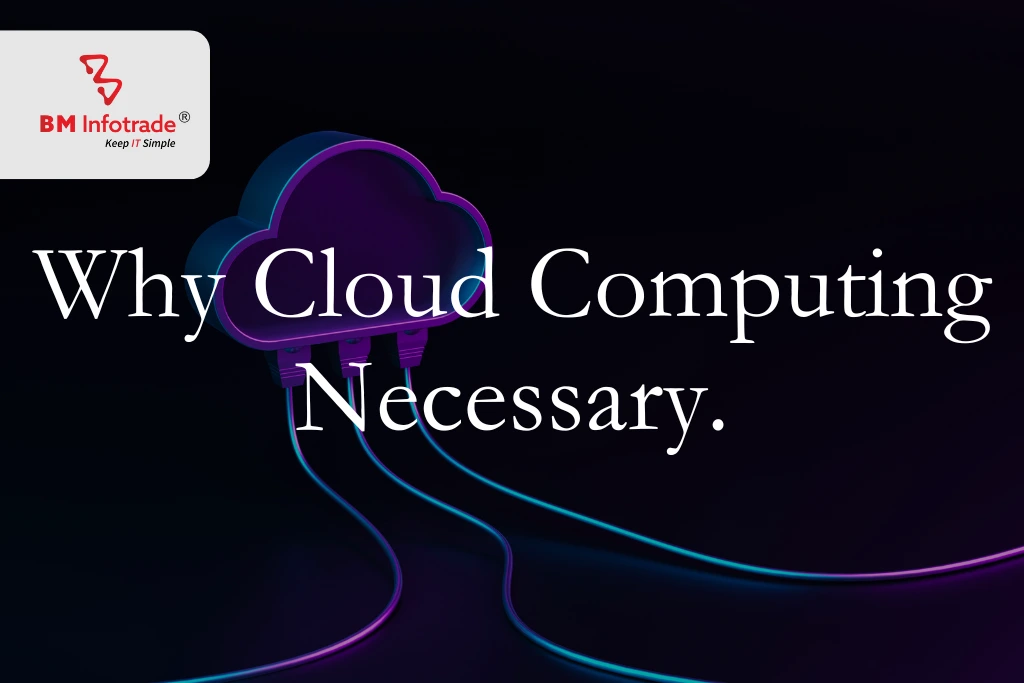
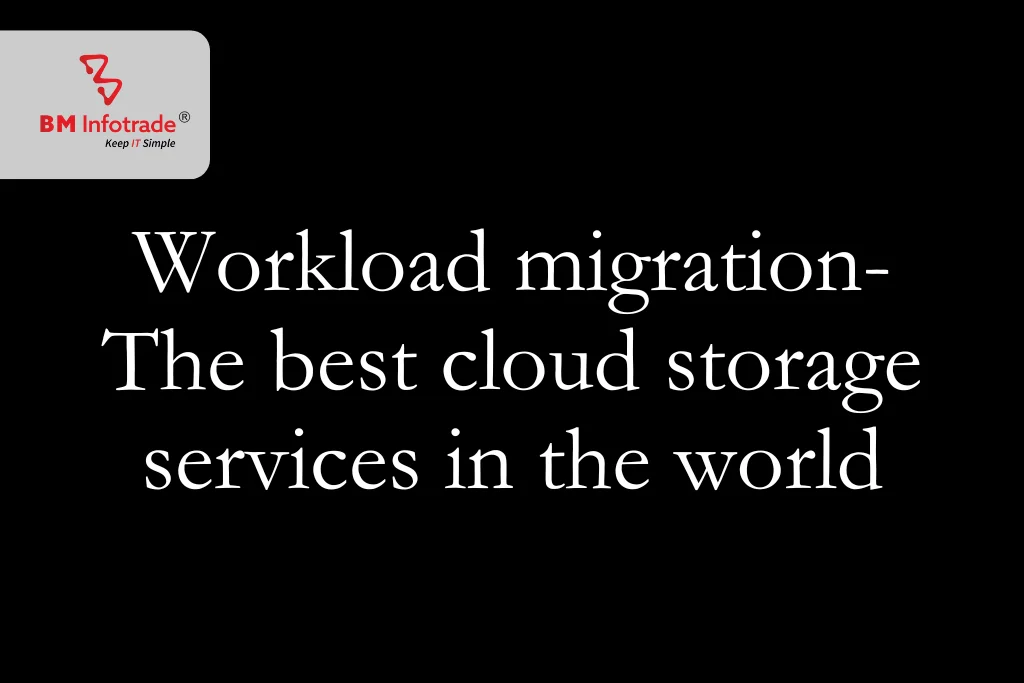
Anshul Goyal
Group BDM at B M Infotrade | 11+ years Experience | Business Consultancy | Providing solutions in Cyber Security, Data Analytics, Cloud Computing, Digitization, Data and AI | IT Sales Leader